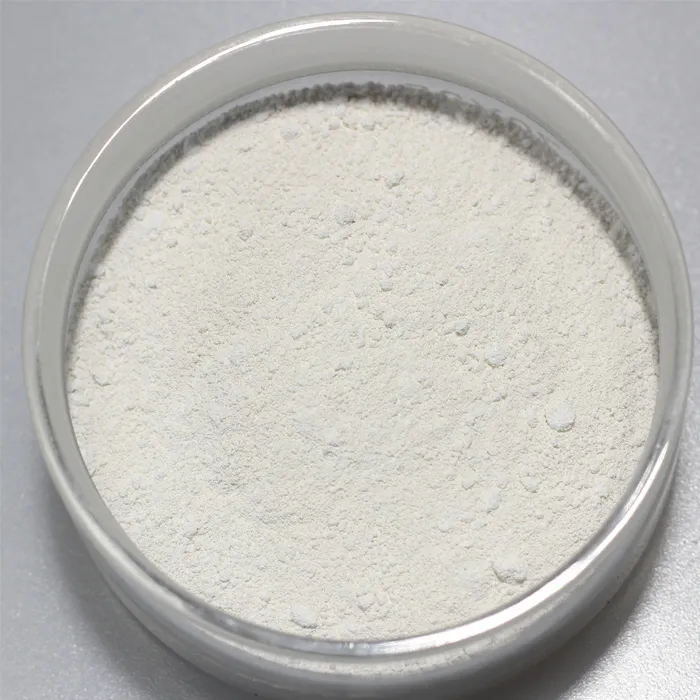Chemical Treatment of Waste Water An Essential Process for Environmental Protection
The treatment of wastewater is a critical aspect of maintaining ecological balance and ensuring public health. Among the various methods employed, chemical treatment stands out as a powerful technique capable of effectively removing contaminants from wastewater. This process involves the application of chemical reactions to facilitate the separation, transformation, or neutralization of pollutants, rendering the water safe for discharge or further treatment.
Wastewater comes from various sources, including industrial processes, residential areas, and agricultural runoff. Each of these sources contributes different types of pollutants, such as heavy metals, organic compounds, nutrients, and pathogens. Left untreated, these contaminants can pose significant risks to aquatic ecosystems, human health, and drinking water supplies. Therefore, efficient treatment methods are essential for safeguarding the environment.
Chemical treatment methods can be broadly categorized into several key processes coagulation and flocculation, precipitation, disinfection, and oxidation. Coagulation and flocculation involve the addition of chemicals, such as alum or ferric chloride, which help merge small particles into larger aggregates or flocs. This process enhances the removal of suspended solids from wastewater and improves the effectiveness of subsequent treatment steps.
Precipitation is another essential chemical treatment approach, particularly for removing heavy metals from wastewater. By adding specific reagents, such as lime or sodium sulfide, metals like lead, mercury, and cadmium can be transformed into insoluble forms that precipitate out of the liquid phase. This allows for easier removal via sedimentation or filtration.
chemical treatment of waste water is done to

Disinfection is a vital aspect of wastewater treatment, primarily aimed at eliminating pathogens that can cause diseases. Chemical disinfectants, such as chlorine, ozone, or hydrogen peroxide, are commonly used. These agents effectively kill or inactivate a wide range of microorganisms, ensuring that the treated water meets regulatory standards before being discharged into the environment or reused for irrigation and other purposes.
Oxidation processes, including advanced oxidation processes (AOPs), utilize strong oxidizing agents to break down complex organic pollutants into simpler, less harmful substances. These methods are particularly useful for treating wastewater containing persistent organic pollutants that are resistant to conventional treatment methods. The use of ozone or hydrogen peroxide in combination with ultraviolet light exemplifies how chemical treatment can enhance the breakdown of these hazardous compounds.
Despite the effectiveness of chemical treatment methods, one must also consider the potential challenges and limitations associated with them. The use of chemicals may lead to the generation of secondary pollutants or toxic by-products that require additional treatment. Additionally, some chemicals can be hazardous and require careful handling and monitoring to prevent accidents and environmental damage.
Therefore, the integration of chemical treatment with other treatment processes, such as biological or physical methods, is often employed to optimize wastewater treatment systems. This multi-barrier approach ensures that a comprehensive reduction of contaminants is achieved while minimizing risks associated with chemical handling and by-product formation.
In conclusion, the chemical treatment of wastewater is an indispensable part of modern environmental management. By employing various chemical processes, we can effectively remove pollutants, protect aquatic ecosystems, and ensure public health. As innovation in treatment technologies continues to advance, we can expect even more efficient and sustainable solutions to the challenges posed by wastewater management. Through ongoing research and investment in infrastructure, we can safeguard our water resources for future generations, ensuring a cleaner and healthier environment.

